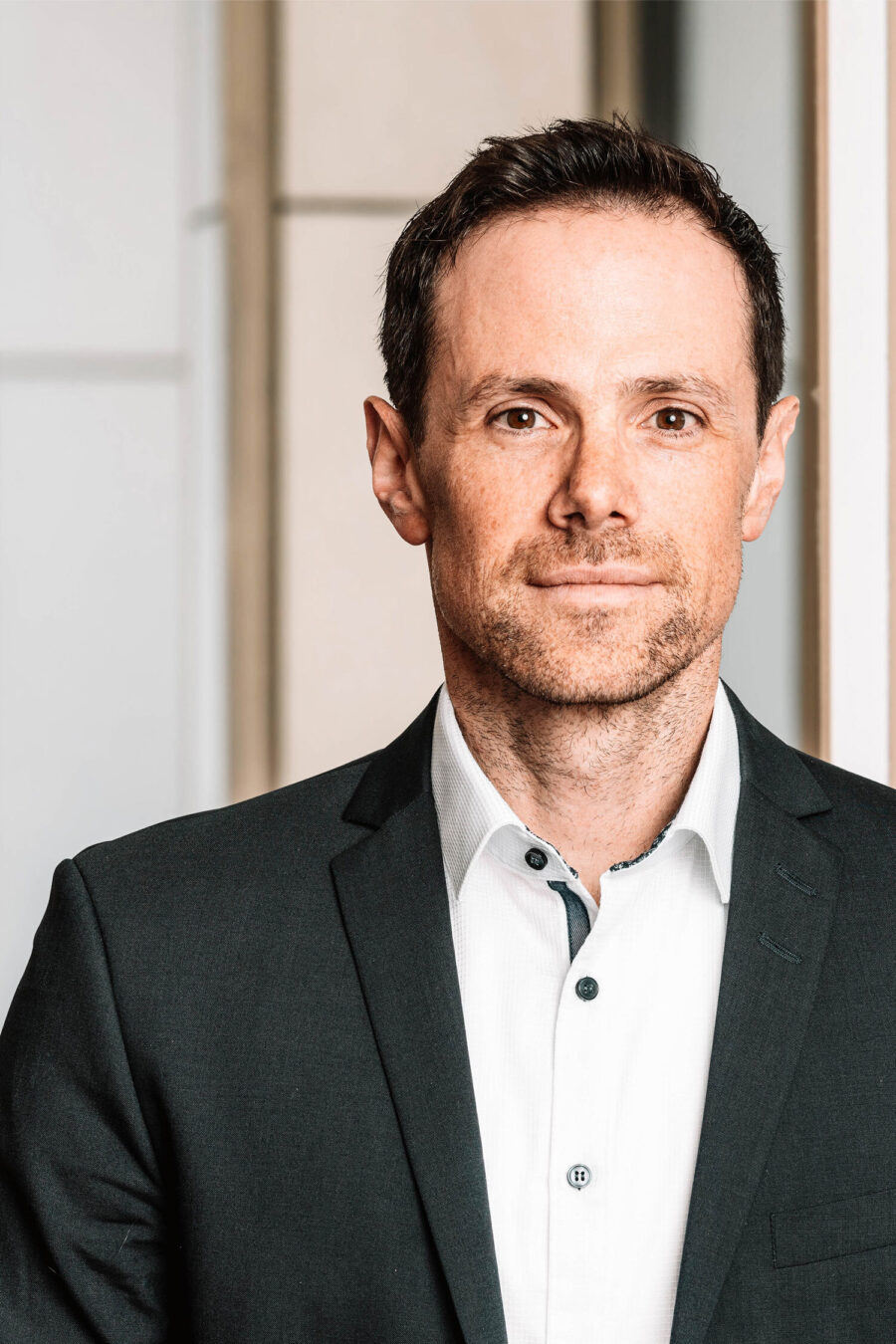
Mr Reichle, you are Head of Fixed Income EM. Your focus as a portfolio manager is on emerging-market bonds. How would you describe your role?
We look after bonds issued by emerging-market countries or companies based there. We are active managers, ie we try to offer our clients added value compared with a benchmark and passive investment alternatives. Based on our analyses and convictions, we position ourselves in terms of interest rates, risk premiums, currencies, countries, regions and companies. The great thing about our job is the global aspect – there is always something going on somewhere in the emerging markets. These markets in particular are rarely priced efficiently, which entails risks, but also great opportunities.
That sounds exciting! What does your day-to-day work look like in practice?
We have a truly global investment universe to oversee. It starts with Asia in the morning, then we wander around the globe and end up in Latin America in the afternoon. We read and filter the news that has accumulated overnight, then the risk systems are reviewed. Have the risk premiums changed significantly? Do currency, bond or country allocations need to be adjusted? All of this has to be monitored and evaluated on a daily basis – ie our own analytical work in combination with external research, discussions with issuers, colleagues and analysts. Latin America is particularly challenging because this region is strongly linked to the US stock market and events in the emerging markets can change completely during the course of the day.
Emerging-market bonds are a broad field. Which segments should investors distinguish?
In particular, a distinction must be made between hard-currency and local-currency bonds, because many emerging-market bonds are not issued in the local currency but in US dollars or euros in order to collect funds more easily from globally oriented investors. This is especially true for companies that almost exclusively issue hard-currency bonds. Local-currency bonds are thus almost exclusively government bonds. This distinction is important because both have different value drivers. In the case of local-currency bonds, for example, currency developments play an important role in addition to local interest rate policies. In the case of hard-currency bonds, on the other hand, it is the risk premiums over the US dollar or euro yield curve. In the long term, both segments should perform comparably, but in the short term there are always valuation differences.
Accordingly, Berenberg offers one fund focused on local-currency bonds (Global Bonds Fonds) and two funds focused on hard-currency bonds (EM Bonds/Sustainable EM Bonds). What is your investment philosophy for these funds?
We are convinced that there are always inefficiencies, especially in the market for emerging-market bonds, eg attractive fundamental prospects are not yet fully reflected in prices. The general market sentiment, technical market factors or liquidity can be reasons for this. We aim to identify such inefficiencies and thereby generate alpha. The sheer size of the investment universe requires a structured and analytical investment process.
Keyword sustainability: at first glance, ESG and emerging markets hardly seem compatible; how do you work as an investor with a focus on sustainability in emerging markets?
Especially in emerging markets, a focus on sustainability is an essential element of risk management. In addition to the usual hard exclusion criteria, we select strong countries and companies based on their sustainability approach and their fundamental strength. Here, particular emphasis is placed on the issuer’s medium- to long-term ESG strategy. General exclusion criteria are too short-sighted; transition processes, such as in the energy sector towards renewable energies, should also be taken into account. In addition to our own analyses, we use ESG company analyses and sustainability ratings from external providers.
What challenges do you face as a portfolio manager investing in bonds issued by companies, governments and institutions around the globe?
One of the biggest challenges is that western investors usually have a blanket positive or negative attitude towards emerging-market bonds as an asset class. But a closer look is worthwhile, as is a long-term strategic allocation. In general, emerging-market bonds are riskier than bonds from developed countries. Issues here are the sometimes substantial lack of transparency, corruption, especially in the government sector, and the still high dependence on commodity exports. But it is precisely in the areas of non-transparency and corruption that risks can be reduced and, in the best case, opportunities can even be identified through the integration of sustainability criteria (ESG). In this way, countries and companies can be selected that actively address such risks.
How do you manage risks and why should investors have emerging markets in their portfolios?
Market, credit and interest rate risks are considered individually and actively managed. In the current market environment, we often see the interest rate risk as decisive for the direction of risk premiums and accordingly active management creates significant added value. Emerging-market bonds should be in the portfolio if only because they have developed into a strategic asset class in recent years. Emerging-market bonds, especially those denominated in foreign currencies, not only offer attractive entry yields, but also a high degree of diversification in the portfolio – this helped a lot last year in particular.
Where exactly do you see the most attractive opportunities this year?
Thanks to strongly increased yields, emerging-market bonds generally appear very attractive. However, there are differences, both at the country level and within segments, ie government and corporate bonds in hard currency, as well as government bonds in local currency. We expect performance advantages in the local currency segment also this year. Although local yields have already risen sharply and current interest rates are thus attractive, we expect currency developments to determine performance in the short term. However, if the rate hike cycles end faster than in the US and Europe, price performance will again gain in importance alongside carry. Thus, a gradual increase in duration in the local-currency bond market seems appropriate to us over the course of the year.
Bonds thus offer a real alternative to equities again. How should investors react to the new market environment for bonds?
Investors should think outside the box again in the current market environment and reconsider their current weighting of bonds versus equities. Bonds should be a solid counterweight in multi-asset portfolios due to the new interest rate regime with adequate yields, especially in emerging markets. In particular, local-currency bonds offer high yields and a low correlation to equities and other fixed income segments and can thus significantly increase the degree of diversification of a portfolio.



